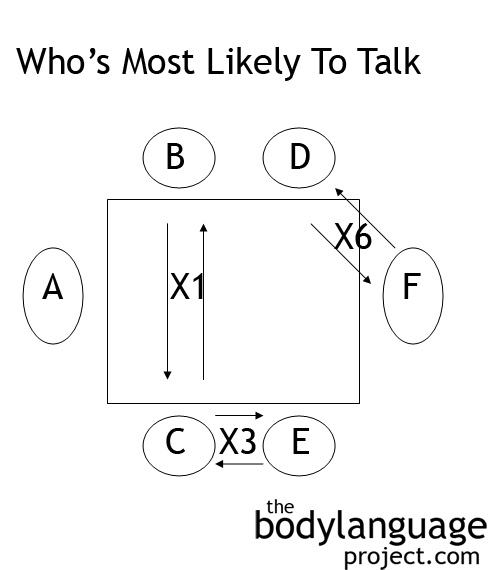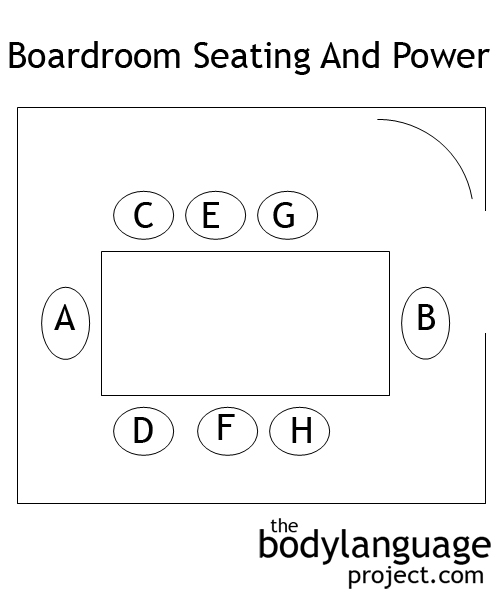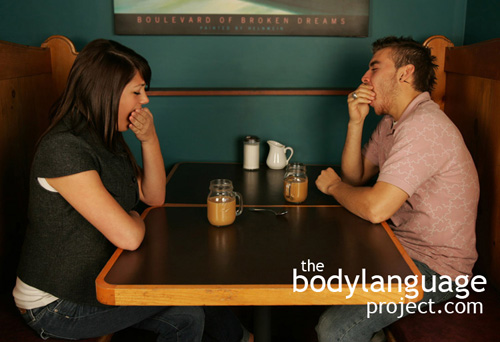In a study conducted by the University of California Berkeley in 2006 that examined seating position, it was found that when seated in the middle of lecture halls, those in the middle tended to be overlooked. This would seem counterintuitive, but was replicated several times and in several different ways.
This “center-stage” effect was shown through observation of the game show “The Weakest Link” since they tended to be ignored more often than outlier players. If you aren’t familiar with the game, it involved a series of questions across several competitors but with only one winner. Each contestant is to answer a question in sequence associated with an ever increasing sum of money until the money is “banked” or kept, at which point the value amount is reset, but the round continues. At the end of each round the contestants vote on whom they’d like to eliminate. In the observations by the researchers, they found that despite the contestants being randomly assigned more winners came from the center of the stage rather than outliers. The center was often ignored as a pool from which people were “voted off.” This seems counterintuitive to most, as our common sense would tell us that the outliers should be less subject to attention.
When the experiment brought the game to the lab, the researchers found that observers often overlooked errors that players in the center of the stage made to a greater extent than errors in extreme positions. This gave center position holders more favourable assessments. It therefore follows that if you are not particularly adept at a task you might want to take center stage so as to reap the inherent leadership traits and avoid taking on negative stigma especially if being called upon is strong, and there is a good likelihood of providing the wrong answer. If you want to stand out and be remembered for it, take an outlier position where you will be called upon and stand a better chance of being remembered for it.



